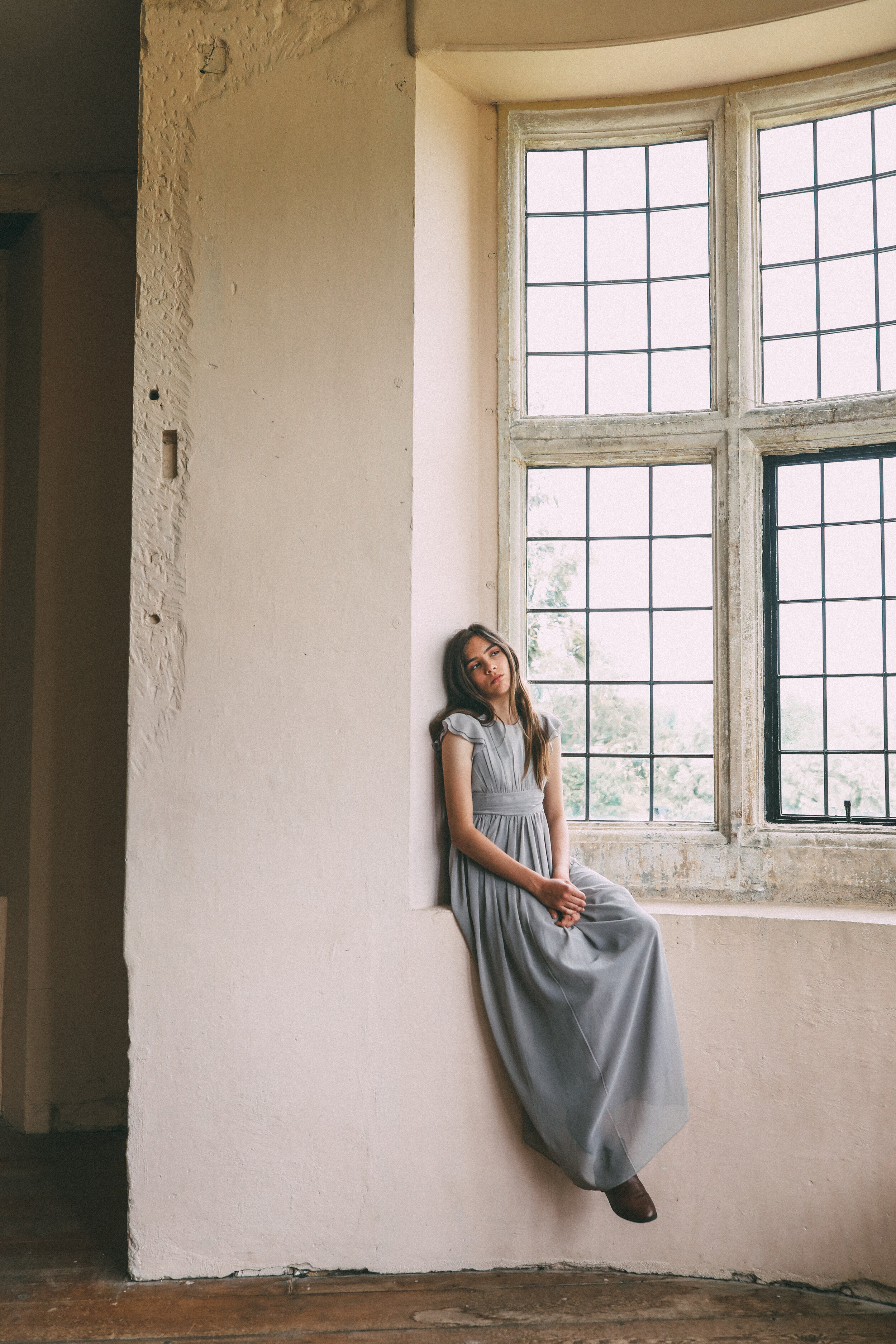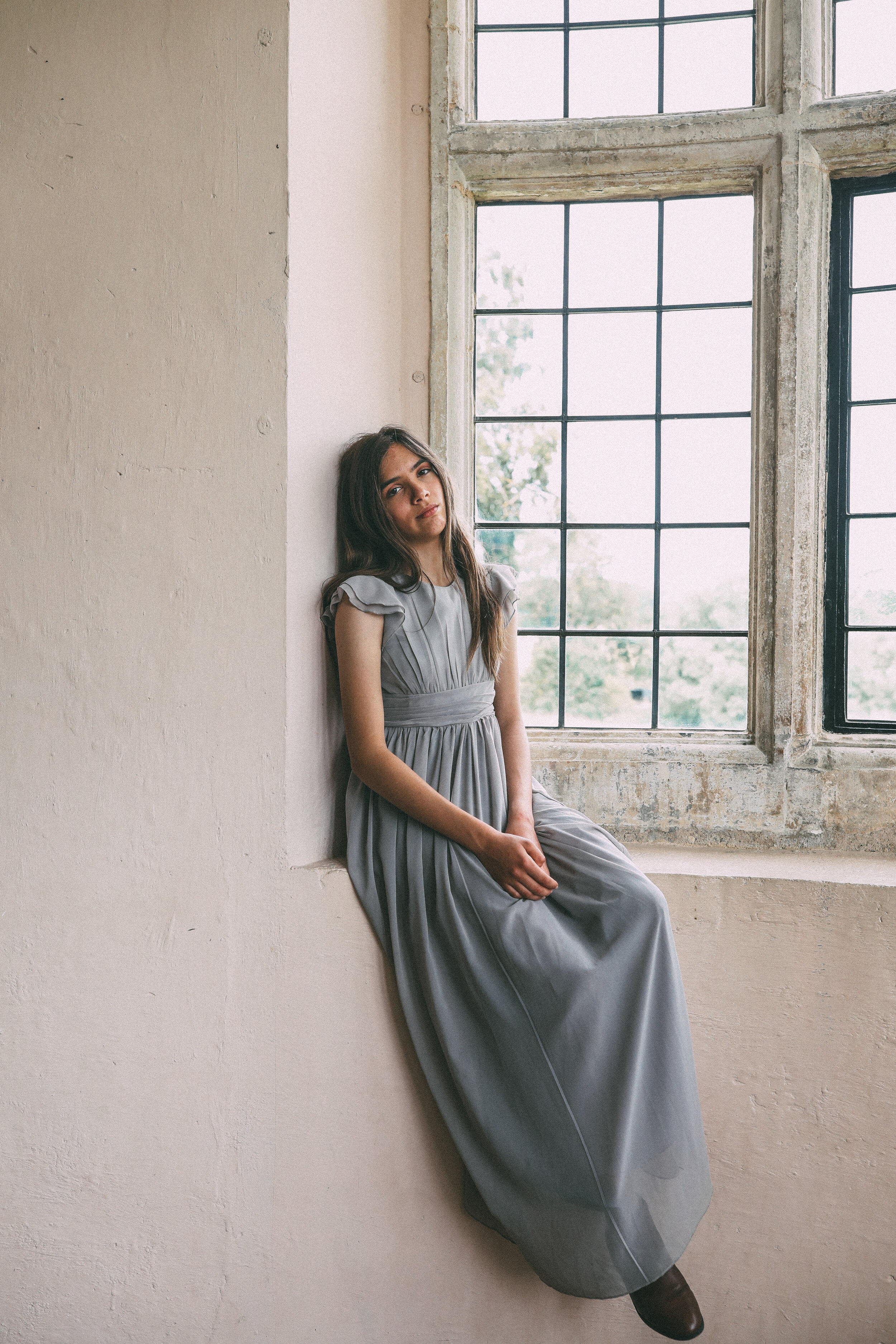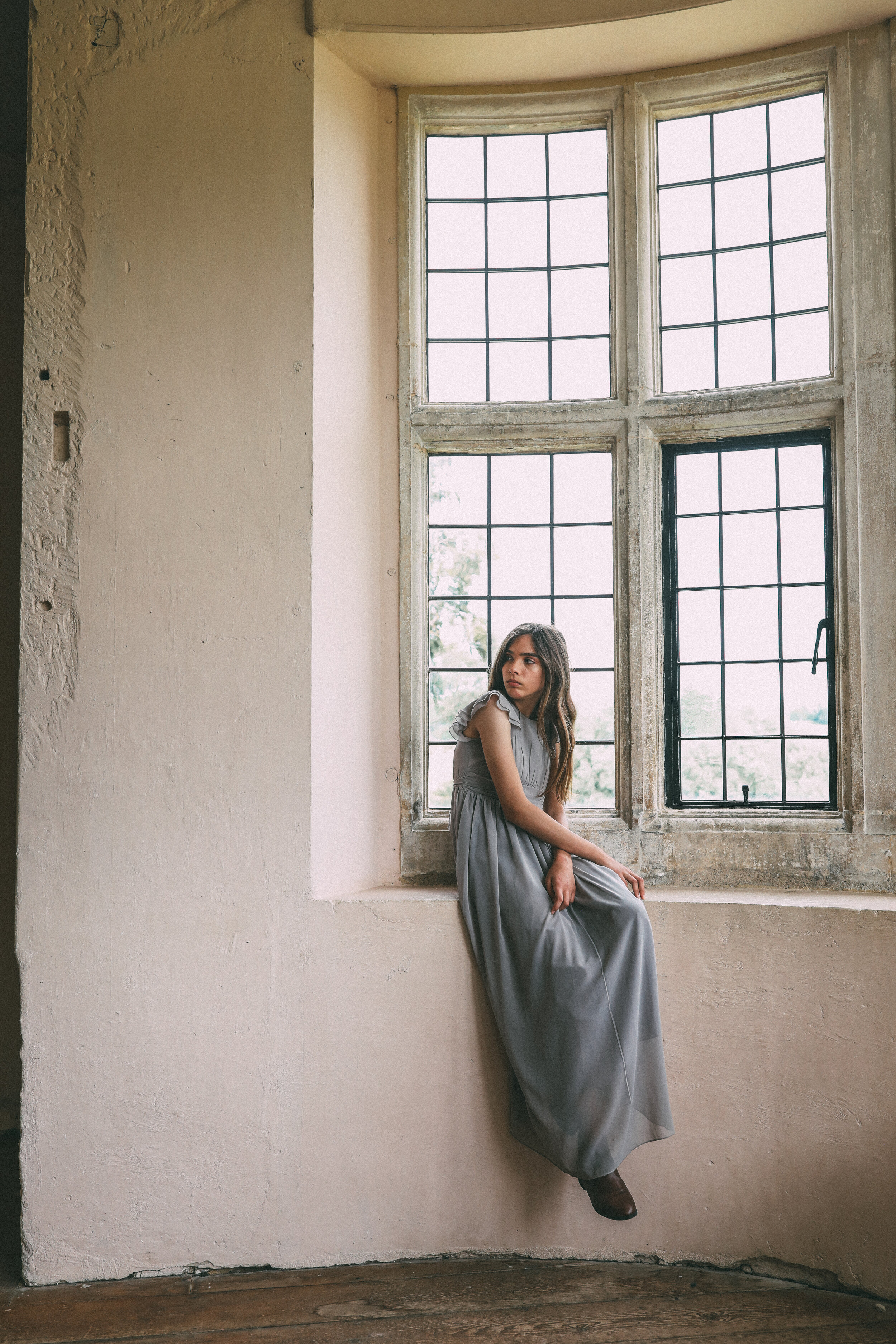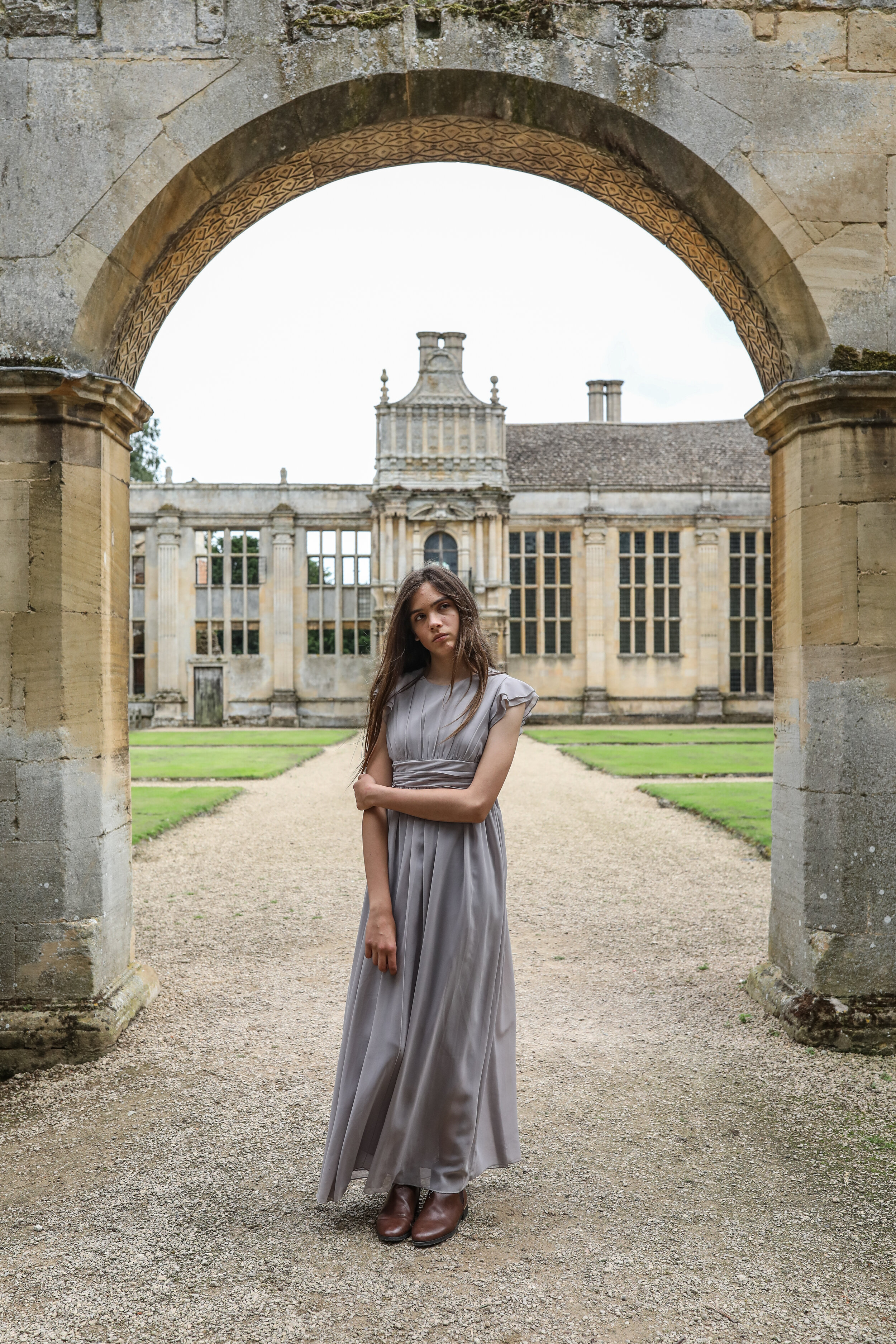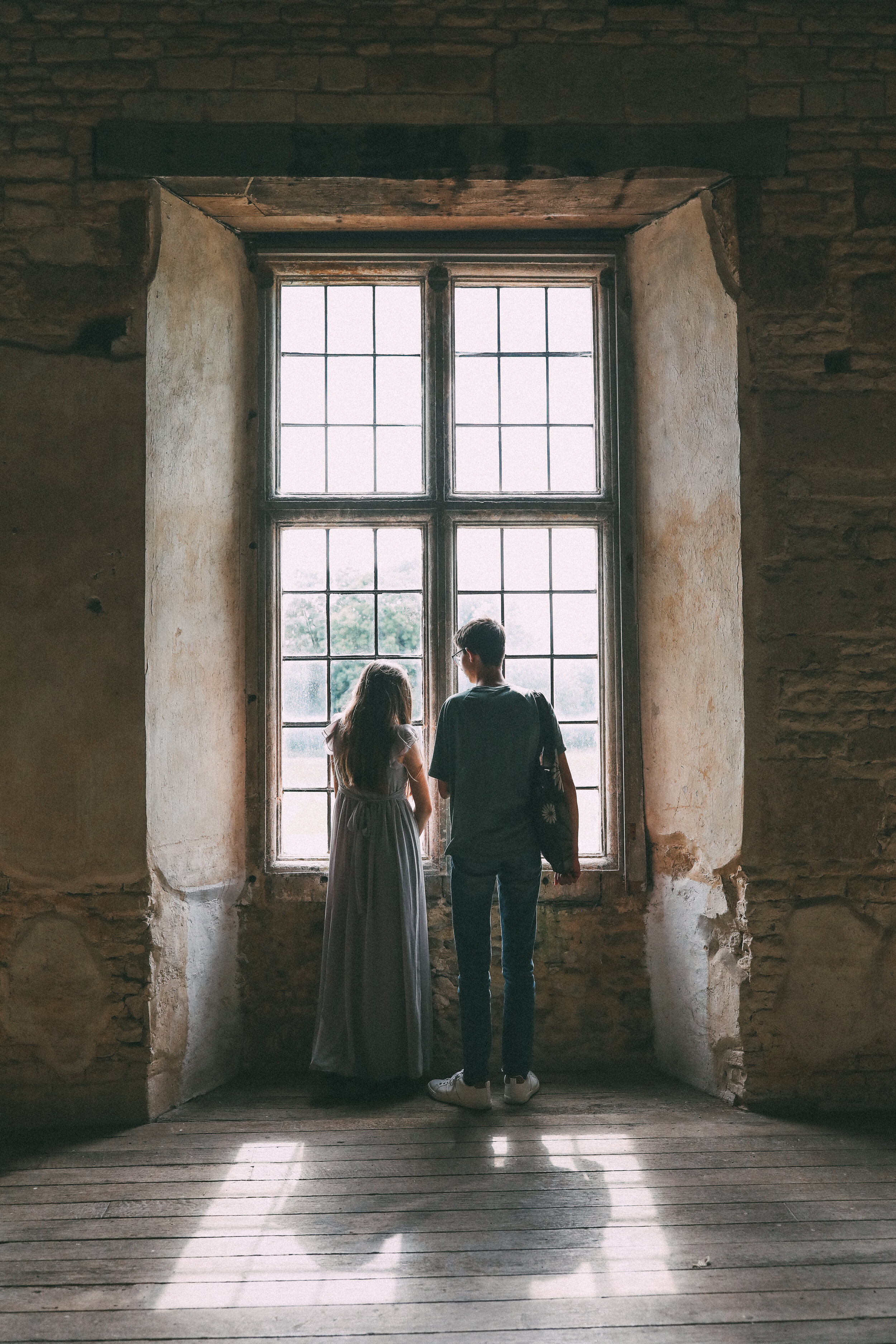Kirby Hall
"What is it about the English countryside — why is the beauty so much more than visual? Why does it touch one so?" He sounded faintly sad. Perhaps he finds beauty saddening — I do myself sometimes. Once when I was quite little I asked father why this was and he explained that it was due to our knowledge of beauty's evanescence, which reminds us that we ourselves shall die. Then he said I was probably too young to understand him; but I understood perfectly.”
― Dodie Smith, I Capture the Castle
Much of the story surrounding Kirby Hall remains unknown. What you see now is a skeleton of what was once regarded as one of the finest houses in 16th-century England. Work began on it in 1570 and it was altered successively throughout the 17th century. It was built to display social status, wealth and the patriotism of the age. Kirby Hall is one of the most innovative works of architecture built during the reign of Elizabeth I. Built by Sir Humphrey Stafford in 1570 as a statement of wealth, taste and status, after Stafford’s death in 1575 and just as it was completed, Sir Christopher Hatton, a favorite courtier of Queen Elizabeth I (court gossip suggested they were on the most intimate of terms) and one of the judges who found Mary Queen of Scots guilty of Treason, bought the hall and extended and embellished the house and created the gardens with a view to impressing his monarch. The elegant stonework and formal parterre gardens were set off with huge bay windows, the height of fashion at the time. He viewed his home as a shrine that was waiting for the “holy saint to sit in it to whom it is dedicated”. Elizabeth knew how to bewitch a man. Reminds me much of the story surrounding Kelinworth Castle in Warwickshire. But that’s another story entirely. Christopher Hatton lived in hope of a royal visit. Sadly there would never be a visit.
“So many of the loveliest things in England are melancholy.”
― Dodie Smith, I Capture the Castle
The story of the rise and fall of Kirby Hall, which today stands partially roofless, is now told through a range of interpretation suitable for all ages, including interactive games and trails as well as a series of displays to help visitors imagine the heritage site as a home to its various wealthy owners throughout the centuries. There is no attempt to recreate the past. Kirby Hall has a stark beauty thanks to its architecture and the sheer glory of its stonework construction.
Some rooms have been very slightly restored. The great hall has a roof and its minstrel gallery remains. You can imagine Elizabethan visitors being welcomed into its cavernous space, music floating down from the gallery, the only heat coming from two massive fireplaces and voices echoing off the high stone walls and vaulted, beamed ceiling. But in other rooms, you have to work a bit harder. The long gallery would once have been hung with paintings and brightly colored tapestries, and the ladies and gentleman of the house would have walked its length back and forth to take some exercise when wet weather threatened to ruin their long skirts and silk stockings. Now it is just a long empty corridor, no roof, no glass in the windows, no first floor.
How did this once great house become a ruin? Despite its size and importance, I get the impression this was never a home that was loved. A succession of Hattons (all named Christopher) lived here but some spent time abroad, some had other houses that needed their attention and it was always a struggle to pay the bills. In 1655 the lady of the house wrote to her husband that she had arrived back at Kirby to find “all ye poor children well though stark naked, Charles with only half a shirt… if I can get anybody to lend me a little money I must be forced to clothe them all”.
The fourth Christopher Hatton lavished time on the garden, filling it with the most exotic plants he could find: 300 almond trees, pomegranates, narcissus of Japan and a “hyacinth of Peru”. Sometimes I wander the parkland wondering about those almond trees. The House of Lords questioned his non-attendance three times as his garden absorbed so much of his attention. But by the mid-1800s a series of childless marriages and inheritance taxes left the house a partial ruin, inhabited only by the estate shepherd and his flock. Several house sales dispersed the contents, the once splendid interiors were stripped almost bare, even the wallpaper was peeled off and sold. The only surviving contents were a few curtains flapping in the wind.
“And to think that the sumptuous palace erected by Elizabeth’s wealthiest subject should have become the residence of a humble shepherd.”
All that’s left today is an enormous stone relic, full of ghosts – and that makes it one of the most atmospheric houses in England.
On a recent visit, I recalled scenes and words from Dodie Smith’s novel, I Capture the Castle. A novel about a teenage girl living within a rundown castle with her family. She spends her days writing in her journal, recording the events of her days along with her first experience of love. It’s a tender story that left an impression on me a young girl. Wandering these ruins brings those pages to life for me.
A fun fact: Mansfield Park, the 1999 film adaption of Jane Austin’s novel was almost entirely filmed at this location.

